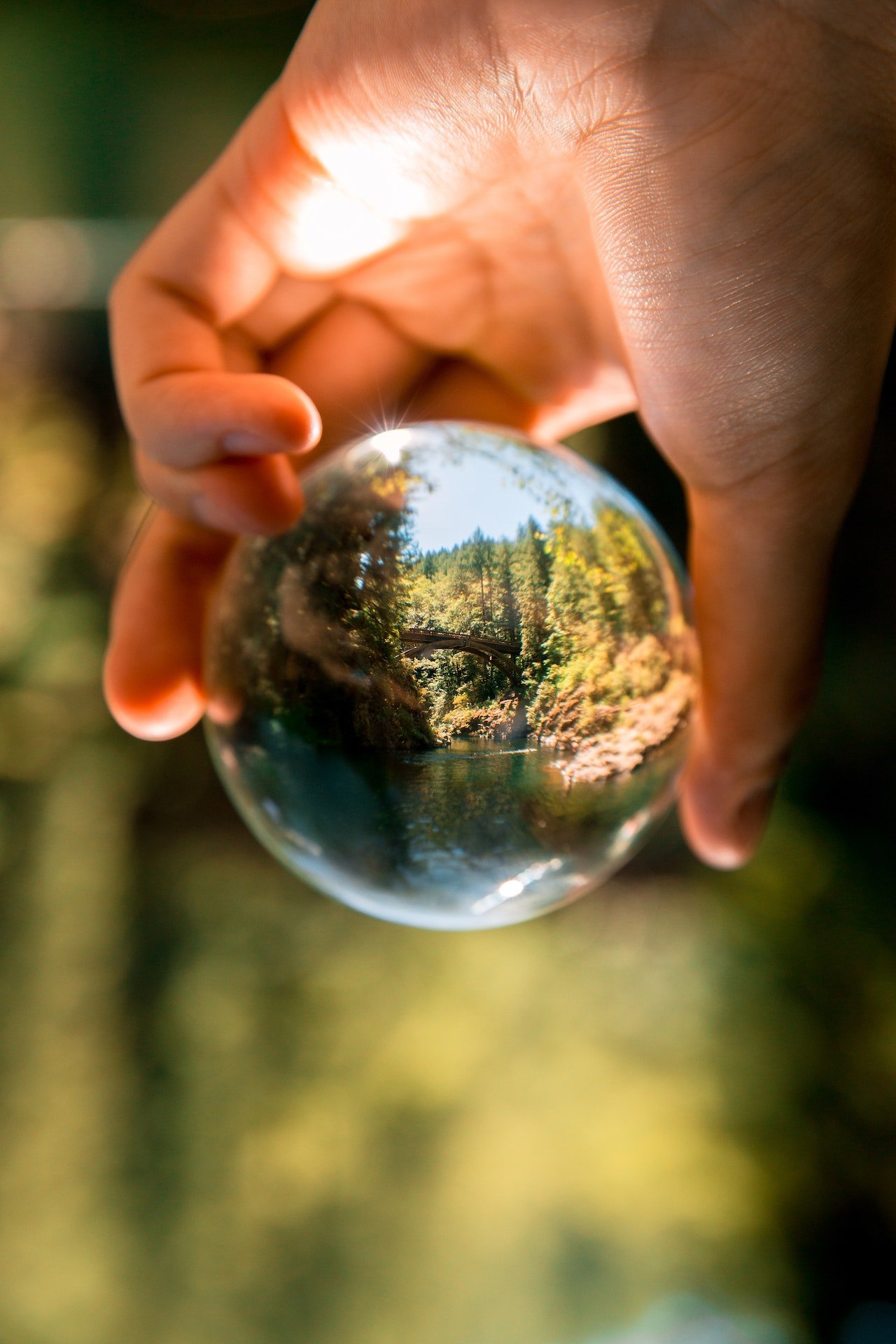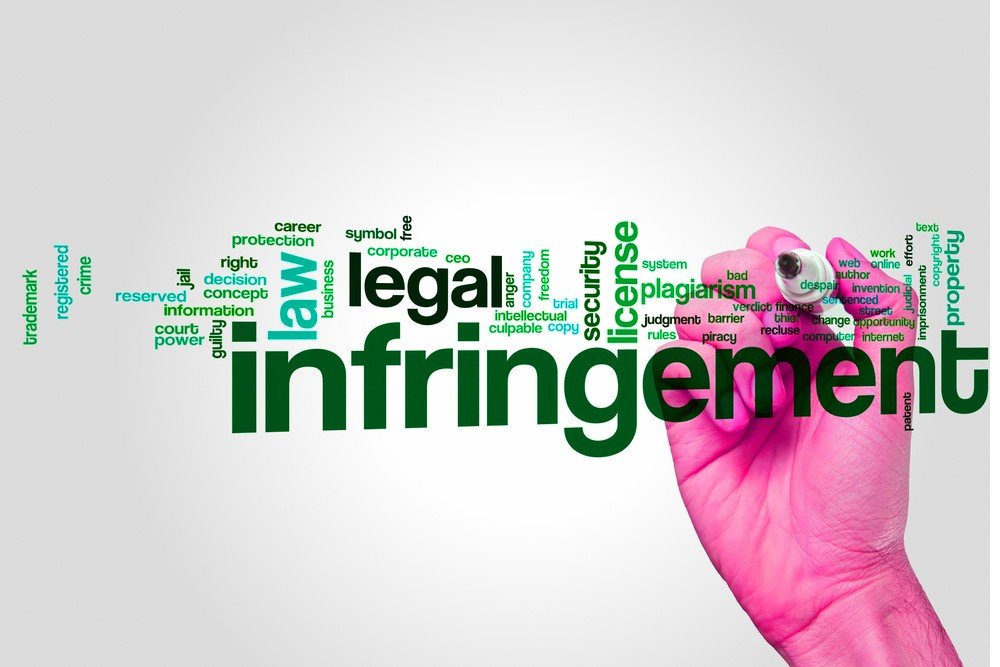The Importance of Intellectual Property Rights for Artists


Protecting artists’ rights is more important than ever in the fast-paced, digital world of today when innovation is encouraged and art is widely shared. IPRs are essential for protecting artists’ creative creations, securing their legal protection, and assuring fair acknowledgment and compensation for their efforts. The importance of intellectual property rights for artists is examined in this article, along with the many safeguards available to them.
What are the rights to intellectual property?
A group of legal rights known as intellectual property rights are given to people or organizations in exchange for their original ideas or discoveries. These rights provide authors the sole authority over the use, replication, distribution, and public exhibition of their works, enabling them to manage and profit from them. The purpose of intellectual property laws is to promote innovation, creativity, and the free interchange of ideas.
Read More: Understanding Environmental Law: Protecting Our Planet (2023)
Intellectual Property Rights: Types
Artists can use a variety of intellectual property rights to safeguard their creations, including the following:
Copyright Defence
One of the most popular ways for artists to safeguard their intellectual property is through copyright. It gives the author sole ownership of their original creations, such as songs, books, sculptures, works of art, and photography. Without the artist’s consent, others are unable to copy, distribute, or publicly exhibit their work thanks to copyright protection.
Protection for Trademarks
The goal of trademark protection is to safeguard trademarks as well as any related names, logos, or symbols. If an artist uses one of their works as a distinctive way to identify their products or services, they may be granted trademark protection for that work. This prevents other people or companies from using similar marks that can confuse customers.
Patent Defence
Patents are frequently linked to advancements in science and technology. Artists may, however, also apply for patent protection for original and cutting-edge methods, processes, or innovations that are connected to their original works of art. A limited time of exclusive ownership of an invention is granted to the inventor by a patent.
Trade Secret Defence
Trade secrets are another way for artists to safeguard their intellectual property. Trade secrets entail maintaining the secrecy of important knowledge, such as formulae or creative skills. Artists can avoid unauthorized use or exposure of their priceless trade secrets by preserving confidentiality.
Read More: Breaking Down Criminal Law: An Overview (2023)
Intellectual Property Rights are Important for Artists
Artists greatly profit from intellectual property rights, which play a key part in their life.
Promoting Innovation and Creativity
Intellectual property rights promote creativity and innovation by defending artists’ works. Artists devote their time and money to producing distinctive and original works because they are confident in their abilities to communicate their views. This promotes a thriving artistic community and makes it possible for new artistic styles and methods to emerge.
Value in the Market and Royalties
Artists can profit financially from their creative efforts with the aid of intellectual property rights. Artists can give people permission to use their works through licensing in exchange for royalties or licensing costs. This enables artists to fund their artistic endeavors and gives them a reliable source of revenue. The ability to negotiate reasonable pay for the commercial use of their works is another benefit of intellectual property rights, which guarantees that artists are fairly compensated for their creative endeavors.
Preventing Plagiarism and Unauthorised Use
Intellectual property laws prevent plagiarism and unauthorized exploitation of creative works. By securing legal protection, artists have the ability to file lawsuits against anyone who violates their rights. This serves to protect the integrity and uniqueness of their artistic expressions by discouraging others from utilizing or copying their works without their permission.
Increasing reputation and visibility
The development of an artist’s reputation and recognition in the creative business is aided by intellectual property rights. Artists may confidently advertise and display their works thanks to protected works since they know their rights are protected. This raises their stature and aids in developing a devoted following of donors and supporters who value their distinctive artistic perspective.
Protection and enforcement on a global scale
Artists have access to international protection and enforcement measures thanks to intellectual property rights. Artists can extend their rights outside of their native nations through international treaties and accords, ensuring that their creations are safeguarded in a number of jurisdictions. This makes it possible for artists to explore international opportunities, connect with more people, and broaden their artistic influence on a worldwide level.
Conclusion
In conclusion, artists place a high value on intellectual property rights. They provide the legal framework for safeguarding and profiting from creative works, encouraging innovation, and making sure that artists are fairly recognized and compensated for their efforts. Artists may traverse the complicated world of intellectual property and protect their creative endeavors for the benefit of both themselves and the larger creative community by being aware of the many forms of intellectual property rights and knowing how to use them.
FAQs
Can I copyright my creations if I don’t register them?
Yes, as soon as it is generated, your artwork is copyright protected. However, copyright registration offers further legal protections and ownership proof in the event of an infringement.
How long is creative work protected by copyright?
Artistic works are typically protected by copyright for the duration of the artist’s life and an extra 70 years after their passing.
Can I use intellectual property rights to safeguard my artistic approach?
Artistic styles are less protected by intellectual property rights than particular creative works. However, if your creative approach is original and distinct, it could be protected by a patent.
What should I do if I discover someone using my work without my consent?
Consult with an intellectual property lawyer to learn your alternatives if you find that your artwork is being used without your permission. They can help you with the steps involved in sending a cease-and-desist letter or, if required, filing a lawsuit.
How can I make my intellectual property rights more widely enforceable?
You can rely on international treaties and agreements, such as the Berne Convention and the WIPO Copyright Treaty, to protect your intellectual property rights overseas. For advice, speak with lawyers who concentrate in international intellectual property law.











